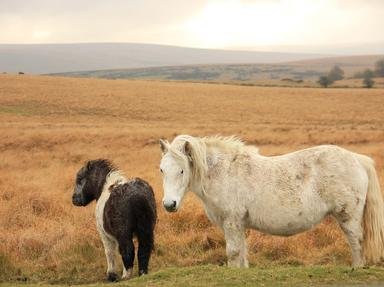Quiz Answer Key and Fun Facts
1. Lutra lutra is the Latin name for which British mammal?
2. The Farne Islands, off the coast of Northumberland, are home to an important breeding colony of which British mammal?
3. Are there any species of primate found in the British Isles?
4. Which Scottish Island group is home to a subspecies of field-mouse that is found nowhere else in the world?
5. The character "Ratty" in Kenneth Grahame's "The Wind in the Willows" is which species of rodent?
6. What is an Alderney Spike Girl?
7. What is the smallest species of deer found wild in the British Isles?
8. What is the name for a young weasel?
9. Like most bats, the Common Pipistrelle (one of the most wide-spread of British bat species), uses echo-location to navigate and locate prey, using a call with a frequency of 45kHz. What is the name of the very similar species that calls at the slightly higher frequency of 55kHz?
10. What is the name for the nest of twigs built in the forks of trees by both grey and red squirrels?
Source: Author
stedman
This quiz was reviewed by FunTrivia editor
crisw before going online.
Any errors found in FunTrivia content are routinely corrected through our feedback system.

